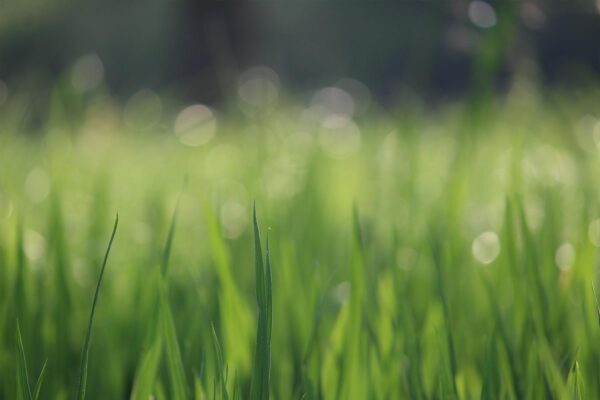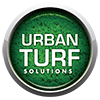The Growth of Artificial Grass in New Zealand
In New Zealand, the artificial grass industry has been experiencing a significant surge. Various factors have converged to fuel this growth, ranging from the nation’s unpredictable weather patterns to an increasing emphasis on water conservation, low-maintenance landscaping, and sustainable living.
New Zealand’s weather, known for its unpredictability, is a driving factor behind the increasing adoption of artificial grass. The frequent rainfalls can turn natural grass into muddy and unmanageable spaces, whereas extended dry periods can lead to parched, brown lawns. In contrast, artificial grass remains unaffected by these weather conditions, providing a consistently green, usable, and aesthetically pleasing space throughout the year. This resilience to changing weather conditions is a compelling reason why many New Zealanders are turning to artificial grass.

Water conservation is another significant factor behind the popularity of artificial grass in New Zealand. While the country isn’t traditionally known for water scarcity, recent years have seen various regions grappling with drought-like conditions, making water conservation an imperative. Natural grass requires considerable watering to maintain its health and appearance, leading to significant water use. Artificial grass, on the other hand, requires no watering at all, making it an environmentally responsible choice in the face of these changing climatic conditions.
The appeal of low-maintenance landscaping is also driving the growth of artificial grass in New Zealand. The fast-paced modern lifestyle leaves little time for extensive lawn maintenance. Artificial grass offers an ideal solution, providing a lush, green lawn without the demands of watering, mowing, fertilising, or weed control. This shift towards easy-care gardens is particularly evident in urban areas where people have limited time and smaller outdoor spaces.
Sustainability is an important consideration for many New Zealanders, and this is reflected in the growing popularity of artificial grass. While the synthetic nature of artificial grass may seem counterintuitive to sustainability, the benefits become apparent when considering the reduction in water use, the elimination of chemical fertilisers and pesticides, and the lower carbon emissions due to no lawn mowing. Thus, artificial grass can align well with a sustainable living approach.
The use of artificial grass in New Zealand is not restricted to sports fields or commercial spaces. There’s a growing trend among homeowners to choose artificial grass for their lawns, backyards, terraces, and balconies. This is indicative of a broader change in aesthetic preferences, with many New Zealanders now favouring the neat, evergreen look of artificial grass. With improvements in artificial grass technology, the visual and tactile difference between artificial and natural grass has diminished, making artificial grass an increasingly appealing choice.
Urban Turf Solutions have been leaders in residential landscaping grass in New Zealand for the last 15 years. Our landscaping products are far the most realistic and being made in Brisbane, perfect for the Australisian climatic and UV environments.
Looking towards the future, the artificial grass industry in New Zealand is set to continue its growth trajectory. As the benefits of artificial grass become more widely known and appreciated, it is expected to find increasing adoption across different sectors and applications.
The growth of artificial grass in New Zealand is a reflection of changing weather patterns, evolving lifestyles, increasing environmental consciousness, and shifting aesthetic preferences. As these trends continue, artificial grass is set to play an increasingly prominent role in New Zealand’s landscapes.
